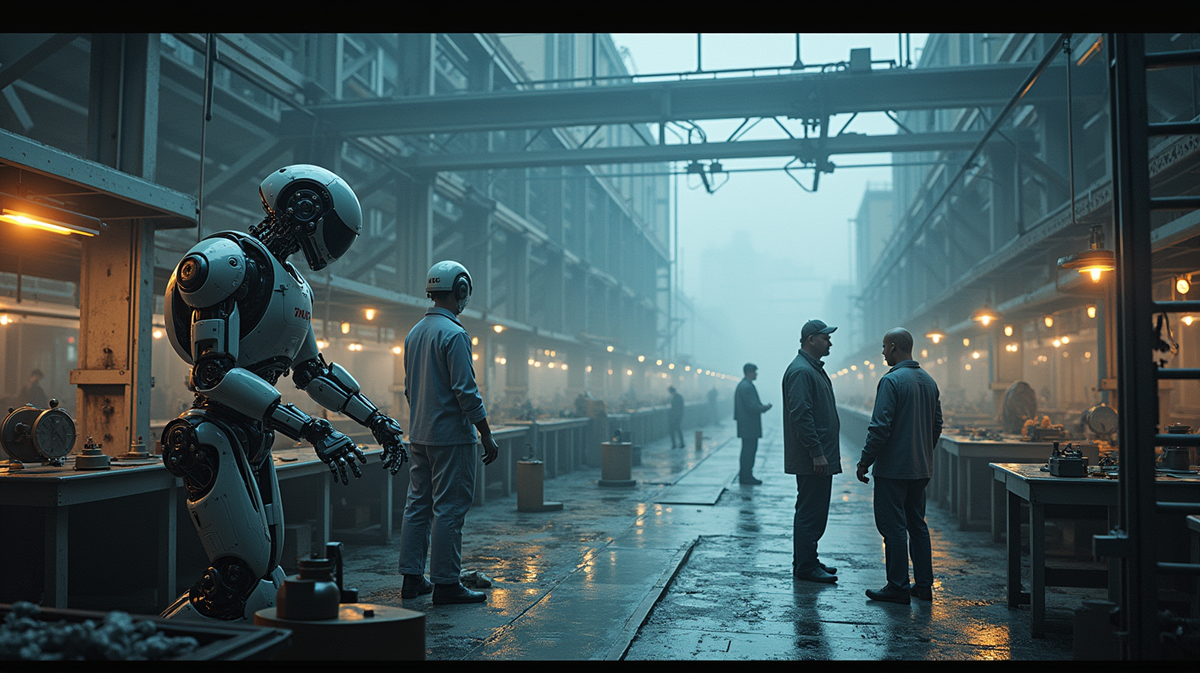Trump's 'Industrial Policy': A Recipe for Economic Disarray
Both Democrats and Republicans continually miss the mark with industrial policy, relying too heavily on political aims and outdated economic strategies.

In the ever-evolving landscape of American economics, industry direction has been a bipartisan endeavor for decades. However, both sides of the aisle repeatedly fall short, blinded by the allure of a so-called ‘industrial revival’ while ignoring fundamental economic realities.
The Perpetual Cycle of Policy Failures
For years, policymakers have attempted to revive the industrial sectors with tariffs and subsidies. Advocates on both the left and right believe their strategies—be they mission-oriented or nationalistic—will finally succeed where others failed. Yet, as Economist Mariana Mazzucato critiques, Trump’s approach is an “idiosyncratic hodgepodge,” lacking the systematic planning she champions.
A Flawed Economic Vision
Hope fuels the dreams of reviving vast manufacturing jobs reminiscent of the 1950s. However, modern manufacturing demands automation and capital-intensive operations. Expecting subsidies to ignite a factory boom is a pipedream. According to Los Angeles Times, such policies only punish competitive U.S. firms by raising input costs.
The Political Pitfalls of Industrial Strategy
Sadly, industrial policy cannot escape its political nature. Influenced by lobbying, it becomes a tool for political favors rather than economic growth. Economists Gary Clyde Hufbauer and Euijin Jung emphasize the adverse outcomes of such intervention, illustrating how it hinders rather than hastens economic adjustments.
Historical Lessons Ignored
Looking back at initiatives like France’s Minitel, the illusion of success quickly fades under scrutiny. Despite initial triumphs, its centralized, stifling framework suffocated broader digital advancement. Such failures reiterate the greater unseen costs of stifling market-driven innovation.
The Case for Market Dominance
Ultimately, protectionism and subsidies may boast temporary benefits, but they come at the expense of long-term productivity and innovation. The effectiveness of government intervention remains a captivating deception, one best countered by the precision and agility inherently found within free markets.
The quest for American industrial resurgence continues—a mission not best fueled by political agendas but by fostering global competition, innovation, and ultimately, letting market forces lead the way.